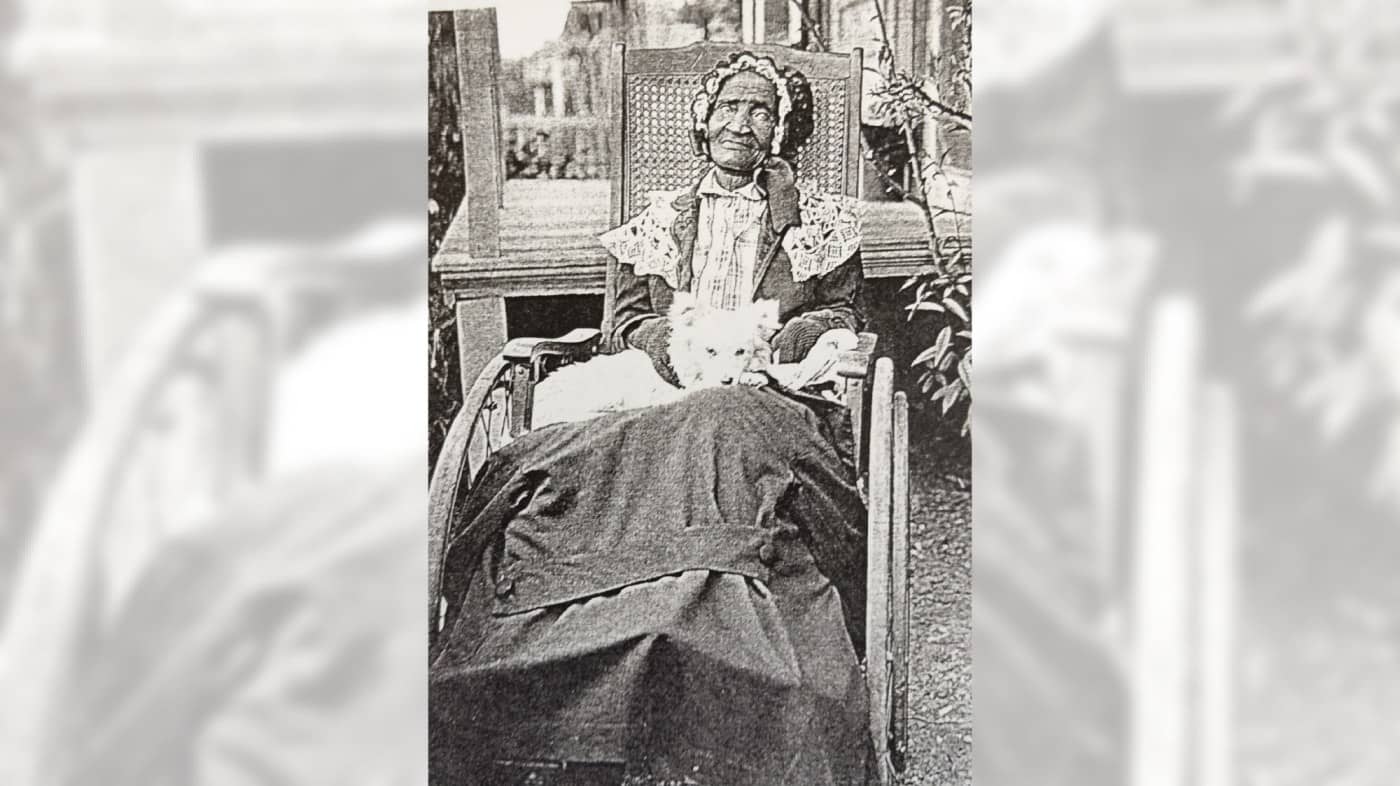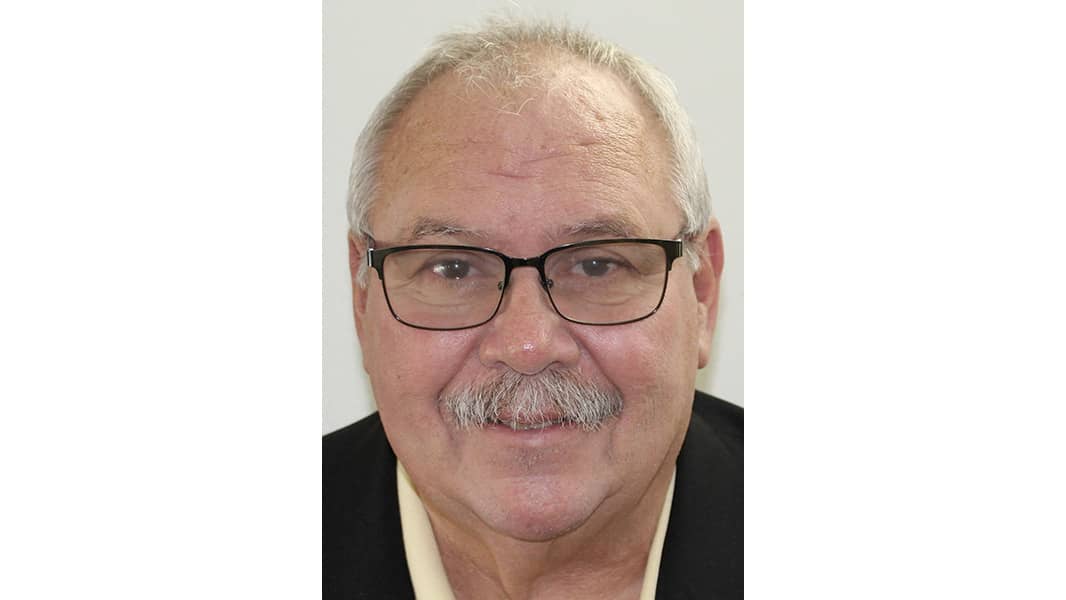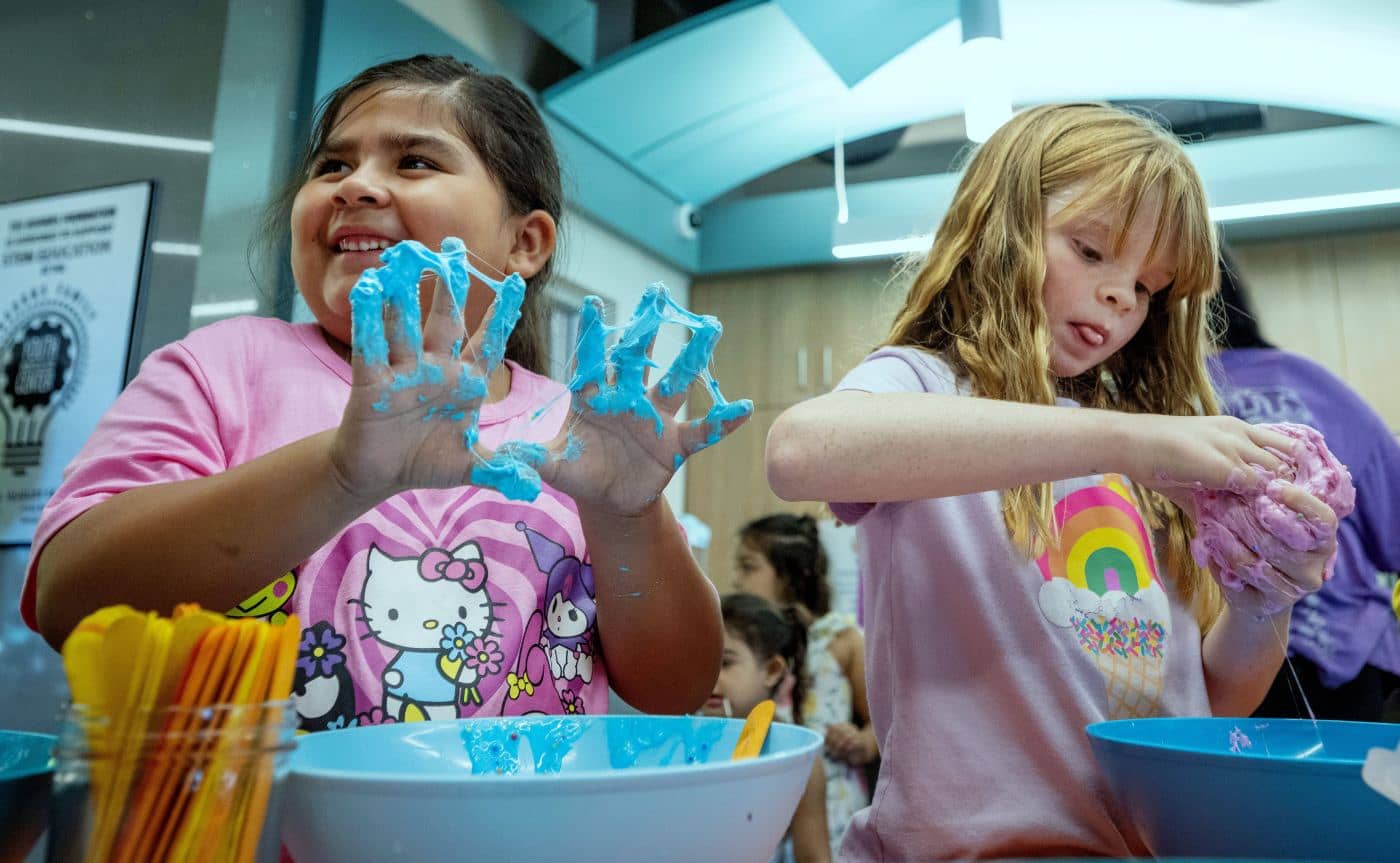We are taught that slavery was eliminated during the Civil War by the Emancipation Proclamation, but that was hardly the end of the story.
History only occasionally talks about the lives of freed African Americans pushed out into an unforgiving world with little education or training and sometimes without even a surname.
While their stories are rarely documented, there are some exceptions, such as the 100 years lived by Lucy Vaughn, a former slave who as a free woman charmed most everyone she met. She was warmly called “Grandma” by those in Riverside during the last years she lived there, more than a century ago.
Virtually blind and not very mobile, Vaughn in those final days had but one request – that she not be buried in a potter’s field, the forgotten burial places where indigent people or those without relatives usually ended up. Neither she nor her granddaughter with whom she lived had much money for a formal funeral and gravesite, wrote the Riverside Daily Press, Oct. 1, 1913.
But out in Riverside’s Evergreen Memorial Park today, there’s a rather impressive gravestone remembering the century of life of Lucy Vaughn, installed there after her death by those who appreciated her remarkable experiences.
“Grandma” Lucy Vaughn (Photo courtesy Riverside Public Library)
“To see her sweet face and hear her ‘God bless you, honey child,’ would have melted a heart of stone,” wrote W. L. Leamon in Vaughn’s obituary in the Daily Press, Dec. 18, 1918. “Underneath that black skin was a heart as pure and as beautiful as the lilies of the field.”
In her final months, visited by many admirers throughout the community, she never hesitated to talk about her experiences during and after her bondage. Leamon said she always welcomed visitors with her well-thumbed Bible on her lap.
She was born into slavery in Kentucky on March 10, 1818. It’s rare for slaves to know their actual birthdate, but when she worked as a housemaid in the ranch of Cassius Marcellus Clay (1810-1903), in Lexington, she was given that detail by Mrs. Clay, for whom she worked.
Cassius M. Clay, who later would take up strong abolition views, once owned many slaves, but due to a variety of financial setbacks he had to sell them. The 26-year-old Lucy was sent to the slave auction in Mississippi in 1844.
“I was sold out of Natchez,” she remembered. “They had to pay $1,600 for me.”
For her new owner, she was sent out to labor in the fields for the first time. It was hard work, she would tell visitors to her Riverside home, showing off her gnarled and misshapen hands.
“Good for nuthin’ now,” she told the Riverside Independent Enterprise on Feb. 7, 1914. “When I went down into Louisiana, I picked 500 pounds of cotton with these old hands every day.”
Things got no better for her as the Civil War began because some owners decided to move their slaves west into Texas, away from the fighting. It meant Vaughn and nearly 650 fellow slaves had to walk barefoot for many days from Louisiana to Texas.
“That was a terrible time,” she told the Daily Press. “Our poor feet got so bad with the burrs and stones, for we did not have any shoes, that they were bleeding all the time.”
Texas was also the last place in the country that African American slaves were informed they had been freed by the Emancipation Proclamation.
“We just didn’t know what to think,” she recalled when she learned of her freedom. “We felt sort of frightened but terrible glad, too.”
Vaughn, then almost 50, had to make a living so she returned to picking cotton in Texas as well as serving as a cook. During an 1873 yellow fever epidemic in Calvert, Texas, she was called upon to work as a nurse caring for the victims.
She would spend the next few decades at odd jobs, moving west until eventually reaching Los Angeles. She moved to Riverside in 1911, according to the Daily Press.
The records I could find don’t tell us the surname Lucy took after being freed. She later married John R. Vaughn at a location and date that are also missing. They had one child whose daughter Lucy C. Stroade was her caretaker during her final years at a home at 14th Street and Howard Avenue in Riverside.
Numerous news articles in March 1917 told of Vaughn’s 99th birthday celebration and the long line of friends and even strangers coming to greet her. Friend Gertude Pulliam baked her a huge cake with 99 candles.
“The table today at noon was piled high with good things to eat and ‘Granny’ Vaughn says this is the happiest day of her life,” reported the Daily Press on March 10, 1917. “She says this is even happier than the day she was freed from the bonds of slavery.”
A year later in failing health, she celebrated her 100th birthday. She died on the evening of Dec. 17, 1918.
“Even the dark days of slavery could not blacken the soul within her,” wrote Leamon following her death. “She waited long for the Master’s call and now she is happy, for the reward for such a faith cannot be otherwise than great.”
I want to thank Nancy L. Cox, and Riverside Public Library’s Ruth McCormick for their great help in researching Lucy Vaughn’s life.
Cemetery tour
Ontario Heritage on Oct. 12 will stage its annual Richard D. Delman Historic Cemetery Tour of Bellevue Memorial Park, 1240 W. G St., Ontario, at 10 a.m. It’s a chance to listen to portrayals of some of the area’s historical characters. I have been honored again this year to portray one of them.
Cost is $10 for Ontario Heritage members and $15 for others, with those 12 and under free. Advance tickets are available at Logan Candies, 125 W. B St., Ontario; at Bellevue; or ontarioheritage.org.
Related Articles
Wartime love triangle leads to death in Fontana
Perris Library, named for Cesar Chavez, closes for $1.2M renovation
These 2 San Bernardino County pioneers have a monument in their honor
How San Bernardino County pioneers Sheldon Stoddard and Sydney Waite arrived in the area
Repairs to Riverside’s De Anza statue to be explored
Spanish Trail Day
A celebration of the history of the Old Spanish Trail will be held Saturday, Oct. 5 at the Agua Mansa Pioneer Cemetery, 2001 Agua Mansa Road, Colton.
The Old Spanish Trail Day event, by the San Bernardino County Museum, will be from 11 a.m. to 2 p.m. The free event will offer a chance to explore the cemetery, learn the history of the Old Spanish Trail, enjoy entertainment and food, and participate in arts and crafts activities.
Information: museum.sbcounty.gov
Book fair
The 4th annual Local History Book Fair by Riverside Historical Society will be held from 11 a.m. to 1 p.m. Sunday, Oct. 6 in the basement of Riverside Medical Clinic, 7117 Brockton Ave., Riverside.
At least seven local history books will be debuted at the event. Additionally, Dr. Vince Moses will speak about Fairmount Park at 1 p.m.
Resorts talk
A talk on “In Hot Water: The La Vida and Carbon Canyon Mineral Springs Resorts” will be held Oct. 14 by the Chino Hills Historical Society.
The 7 p.m. talk will be at the Chino Hills Community Center, 14250 Peyton Drive.
Paul Spitzzeri will speak on the mineral springs at Sleepy Hollow and Brea in the Carbon Canyon area. Both resort areas are closed today.
Help needed
Volunteers with a few free hours are needed on five days in October to conduct tours and offer demonstrations to Pomona school students at the historic Palomares Adobe of the Historical Society of the Pomona Valley.
The fourth-grade students will watch volunteers making bricks, throwing a lasso or working as a blacksmith during their tour. The tours this month are on Oct. 3, 8, 10, 15 and 17 and occur from 8:30 to 12:30 p.m.
Volunteers able to participate should call the historical society at 909-623-2198.
The HSPV will also hold tours of its historical sites over the next two Sundays: Oct. 6 at Casa Primera and Oct. 13 at the Palomares Adobe.
Tours are $5. Details are available at www.pomonahistorical.org.
Joe Blackstock writes on Inland Empire history. He can be reached at joe.blackstock@gmail.com or Twitter @JoeBlackstock. Check out some of our columns of the past at Inland Empire Stories on Facebook at www.facebook.com/IEHistory.



